What Do You Know about Oil and Gas Transportation
Oil and gas transportation is the intricate process of moving these valuable resources from their extraction points to refineries, storage facilities, and ultimately, consumers. This journey can involve various methods depending on the distance, terrain, and type of product being transported.
Pipelines remain the dominant method, offering efficient bulk transport of crude oil and natural gas over long distances. Ships like tankers carry vast quantities of crude oil between continents, while barges navigate inland waterways. For shorter distances or challenging terrain, trucks and railroads become crucial, transporting both crude and refined products like gasoline and diesel. Each mode holds its own advantages and drawbacks, making the choice a complex decision based on cost, efficiency, and environmental considerations.
Understanding the various modes, infrastructure, and safety considerations associated with oil and gas transportation is crucial for maintaining the reliability and sustainability of energy supply chains.
Modes of Oil and Gas Transportation
Oil and gas, the lifeblood of modern civilization, travel vast distances from their points of extraction to reach refineries and consumers. This intricate transportation network involves various modes, each with its own advantages and limitations. Let’s delve into the key methods used to move these valuable resources:
1. Pipeline Transport
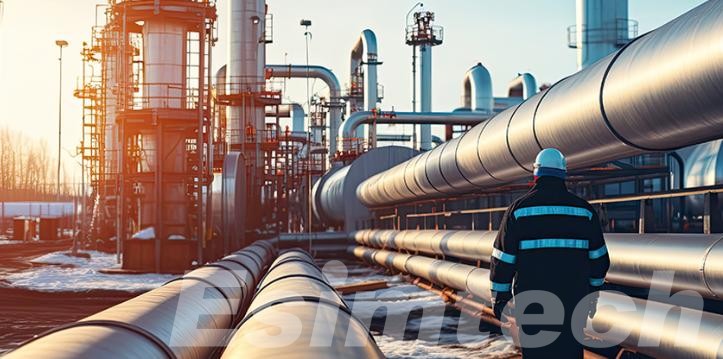
Pipelines are the backbone of the oil and gas transportation infrastructure, offering unparalleled efficiency and reliability. They can traverse long distances, crossing diverse terrains, including deserts, mountains, and oceans. Pipeline networks minimize the need for intermediate storage and handling, reducing costs and environmental impact. However, their construction and maintenance require significant investment, and they are not always feasible in remote or environmentally sensitive areas.
2. Maritime Shipping
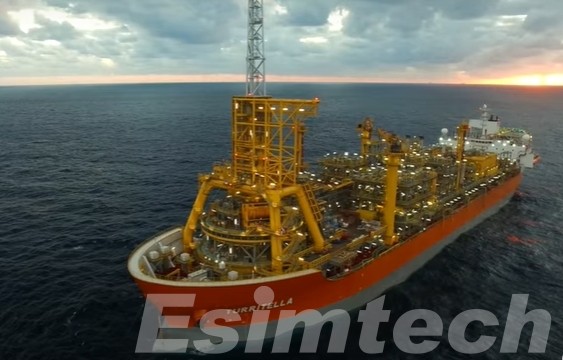
Maritime transport plays a crucial role in the global oil and gas trade, facilitating the movement of large volumes across oceans and waterways. Tankers, ranging from small coastal vessels to massive supertankers, transport crude oil and liquefied natural gas (LNG) to refineries and export terminals worldwide. While maritime shipping offers flexibility and cost-effectiveness, it also poses environmental risks, such as oil spills and marine pollution.
3. Rail Transportation
Railroads provide a flexible and efficient means of transporting oil and gas, particularly in regions lacking pipeline infrastructure or where distances are relatively short. Tank cars carry crude oil, refined products, and natural gas liquids (NGLs) to refineries, distribution centers, and industrial facilities. Rail transport offers rapid deployment and access to remote areas but faces challenges related to safety, regulatory compliance, and public perception, particularly after high-profile accidents.
4. Trucking
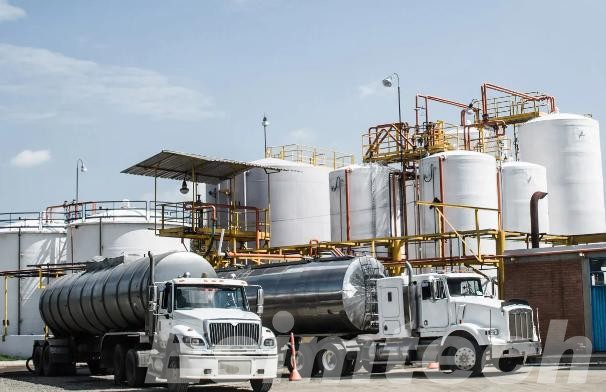
Tanker trucks are essential for transporting oil and gas over short distances, serving refineries, storage terminals, and retail outlets. They offer flexibility and accessibility, especially in areas where other modes of transport are impractical or unavailable. However, trucking operations entail higher costs per unit of volume compared to pipelines or railroads, and they are subject to road congestion, accidents, and regulatory restrictions.
5. Liquefied Natural Gas (LNG) Shipping
LNG carriers transport natural gas in liquefied form from production facilities to import terminals and end-users across the globe. These specialized vessels operate at cryogenic temperatures, enabling the safe and efficient transportation of large volumes of natural gas. LNG shipping has emerged as a critical component of the global energy trade, supporting the growth of natural gas markets and enhancing energy security.
Environmental and Safety Considerations of Oil and Gas Transportation
The transportation of oil and gas, while crucial for powering economies and everyday life, carries significant environmental and safety considerations. Here’s a breakdown of the key concerns:
1. Environmental Impact
- Spills and leaks: Accidents during transportation, from pipeline ruptures to tanker disasters, can release oil and gas into land, rivers, and oceans, leading to devastating ecological damage.
- Air pollution: Emissions from transportation, particularly from ships and trucks, contribute to air quality issues and greenhouse gas emissions, impacting climate change.
- Habitat disruption: Pipeline construction and infrastructure can fragment landscapes and disrupt delicate ecosystems, affecting biodiversity and natural resource availability.
2. Safety Risks
- Explosions and fires: Leaks and pipeline ruptures can ignite, causing catastrophic explosions and fires, endangering lives and property.
- Worker safety: Transportation jobs, particularly on oil rigs and tankers, can be hazardous due to demanding conditions and potential exposure to dangerous substances.
- Public safety: Communities living near pipelines and transportation routes face potential risks from leaks, spills, and accidents.
3. Mitigation Strategies
- Strict regulations and enforcement: Stringent regulations governing pipeline construction, maintenance, and transportation processes are crucial to minimize environmental and safety risks.
- Technological advancements: Investing in leak detection technologies, stronger pipelines, and cleaner ship engines can significantly reduce spills, emissions, and accidents.
- Emergency preparedness and response: Robust response plans and readily available resources are critical to contain spills, minimize damage, and ensure swift response to accidents.
- Community engagement and transparency: Open communication with communities impacted by transportation infrastructure builds trust and allows for collaborative solutions to mitigate risks.
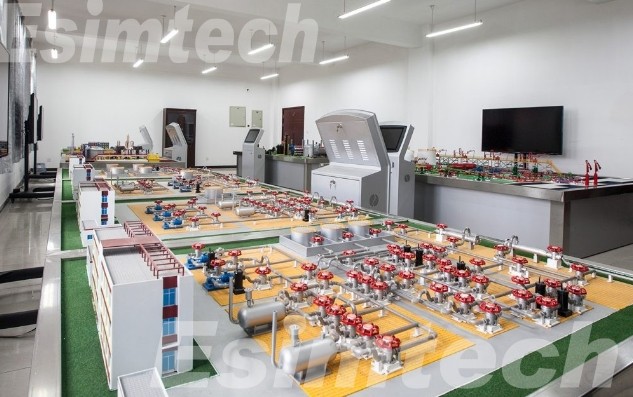
Simulation Technology for Oil and Gas Transportation
Simulation technology is rapidly transforming the landscape of oil and gas production transportation, revolutionizing the way companies plan, optimize, and execute their operations. This cutting-edge technology leverages advanced computational models to replicate real-world scenarios, allowing operators to simulate various aspects of production transportation processes with unprecedented accuracy and efficiency.
Here’s a deeper dive into how simulation technology is transforming the oil and gas production and transportation landscape:
Specific Techniques and Tools:
- Reservoir simulation: Models subsurface geology and fluid flow to optimize well placement, production strategies, and recovery rates. Tools like CMG STARS and Schlumberger Eclipse are widely used.
- Drilling simulation: Replicates drilling processes downhole, allowing for virtual well planning, trajectory optimization, and risk mitigation. Examples include Wellbore Navigator and DrillSim.
- Pipeline simulation: Models fluid flow, pressure, and temperature in pipelines to detect leaks, optimize pumping strategies, and ensure pipeline integrity. Software like Petrosim and GPipeline are prominent.
- Process simulation: Mimics refinery and other processing facilities to optimize production processes, minimize energy consumption, and improve product quality. Aspen HYSYS and ProSim are industry standards.
- Virtual Reality (VR) and Augmented Reality (AR): Immersive training environments for personnel on complex procedures, emergency response, and equipment familiarization.
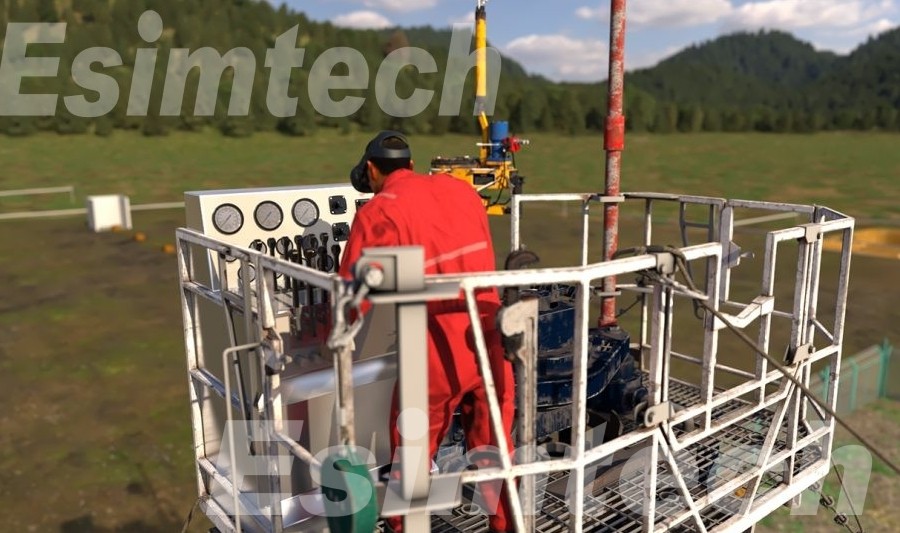
Generally, simulation technology is not just a passing fad; it’s a transformative force shaping the future of the oil and gas industry. By embracing its potential and overcoming the challenges, companies can unlock a world of benefits, paving the way for a safer, smarter, and more sustainable future for this vital sector.
Summary
Oil and gas transportation is a complex and multifaceted process that requires careful consideration of various factors, including transportation modes, environmental and safety concerns, and technological advancements. By addressing these challenges and leveraging simulation technology, companies can optimize their transportation operations, enhance safety and environmental stewardship, and ensure a reliable and sustainable supply of energy resources. As the industry continues to evolve, it is essential to prioritize innovation, efficiency, and safety in oil and gas transportation to meet the growing demands of global energy markets.
